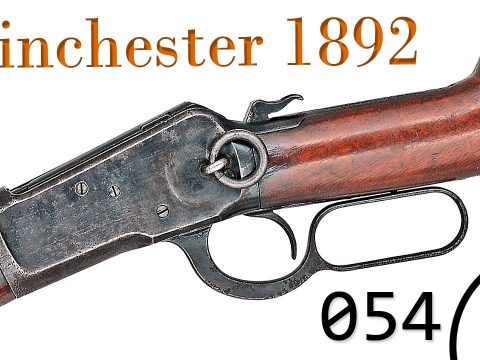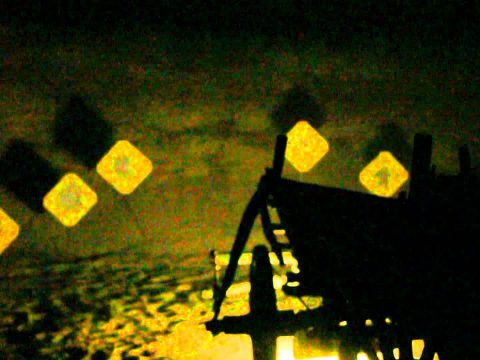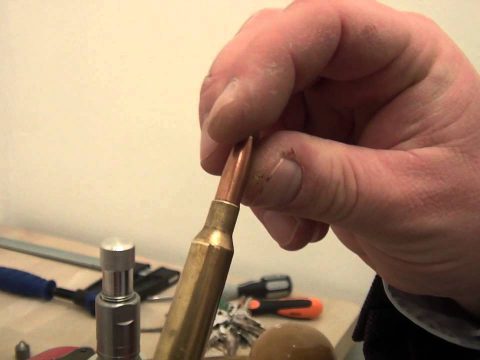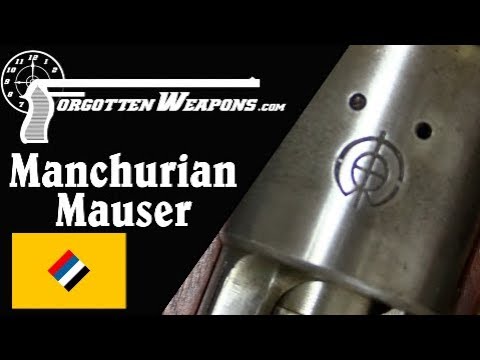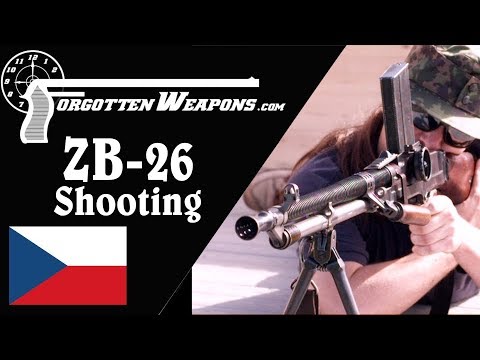http://www.forgottenweapons.com
Theme music by Dylan Benson – http://dbproductioncompany.webs.com
The Soviet Union produced more sniper rifles during WWII than any other country, and was one of very few to have a well-developed sniper program in place before the war began. Starting in the early 1930s, they developed a sniper variant of the standard M91/30 infantry rifle, with technical assistance from Germany (of all places). The early (PE) scopes had adjustable focus and 4x magnification, with a relatively large objective lens. Experience in the Spanish Civil War exposed a weakness in the adjustable focus ring of these scopes, and they were replaced by a new PEM version without that feature. By 1940, the plan was to replace the 91/30 with the new SVT-40 as the standard sniper’s rifle. This plan fell apart when the SVT rifles proved to be inferior in accuracy to the Mosins, and not capable of meeting the requirements for snipers.
In a scramble for a new solution, it as decided to just mount the PU scope onto 91/30 rifles. The PU had been designed for the SVT, as the older PEM scopes were too large to effectively mount on the Tokarev rifle. The PU was smaller, lighter, simpler, and cheaper to manufacture, and it made good sense to make use of the development work put into them. They has a smaller field of view and slightly reduced 3.5x magnification – a very pragmatic choice for a country that needed to mass produce weapons in wartime conditions. Starting in 1942, the 91/30 PU sniper rifles began flooding out of Russian factories – by the time major production ended in 1945 hundreds of thousands had been made.
The 91/30 PU was given better fit and finish than the typical 91/30 rifles produced during the war, but they are still rather cruder than the typical Western idea of the custom-made and hand-polished masterpiece sniper’s weapon. These were practical tools, and their design reflects that. Cheek welds in particular are difficult to maintain, because the comb is designed for the iron sights and no riser was provided to make up for the height of the scope. I don’t find the stock particularly ergonomic, and the triggers are not particular outstanding. On the other hand, they can survive plenty of rough handling.
Finding an original Russia PU sniper is difficult today – there are plenty of them out there, but they are hugely outnumbered by fakes. Because of the simplicity of the PU sniper and the price differential between stock rifles and snipers, a whole niche industry has developed in making them. There are new production mounts and scopes being made, and mounted to all sorts of 91/30 rifles. You may find all types of combinations of infantry rifles and ex-snipers (many PU snipers were torn down and returned to infantry configuration by the Red Army after the war), original and reproduction mounts, and original and reproduction scopes. It really take a lot of experience to distinguish the true originals, and I don’t have enough experience to write a thorough article on that (yet). However, determining the validity of the rifle itself is a bit simpler than the scopes and mounts, so here are a couple starting guidelines:
Any PU dated 1941 or earlier is fake. Also, any 91/30 PU with a hex receiver.
Any Century import with a new serial number beginning with 9130S is a reproduction. They are real Russian 91/30s, but not originally snipers.
A sniper made by Tula (star with an arrow in it) will have a cyrillic “СП” marking above the arsenal mark, indicating a sniper. Real ones without this mark do exist, but are very rare.
A sniper made by Ishevsk will have the scope serial number marked on the left side of the receiver. If there is such a number crossed out without a new one added, it means the rifle started out as a sniper, but was decommissioned by the military (ie, an “ex-sniper”). If it has a scope on it now, it was assembled a commercial seller at some point.
That being said, a reproduction 91/30PU can be a great way to get into the sniper rifle field, as long as you understand what you are getting. They are far less expensive than any type of authentic WWII sniper’s rifle, but will still give you close to the same performance as the originals, if you get a good one.

At Forgotten Weapons I think the most interesting guns out there are the most obscure ones. I try to search out experimental and prototype weapons and show you how they work, in addition to more conventional guns that you may not have heard of before. You’re much more likely to find a video on the Cei Rigotti or Webley-Fosbery here than an AR or Glock. So, do you want to learn about something new today? Then stick around!
